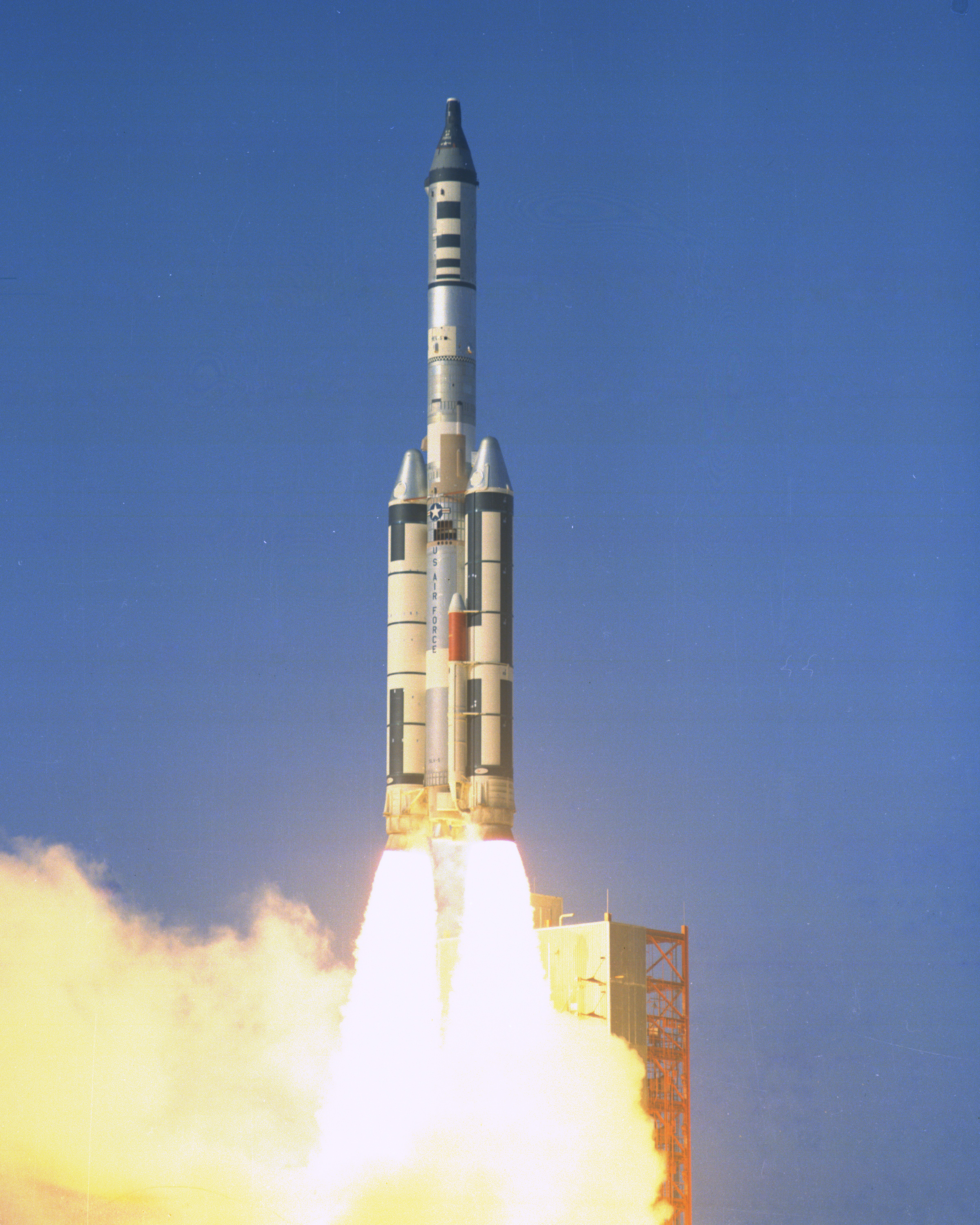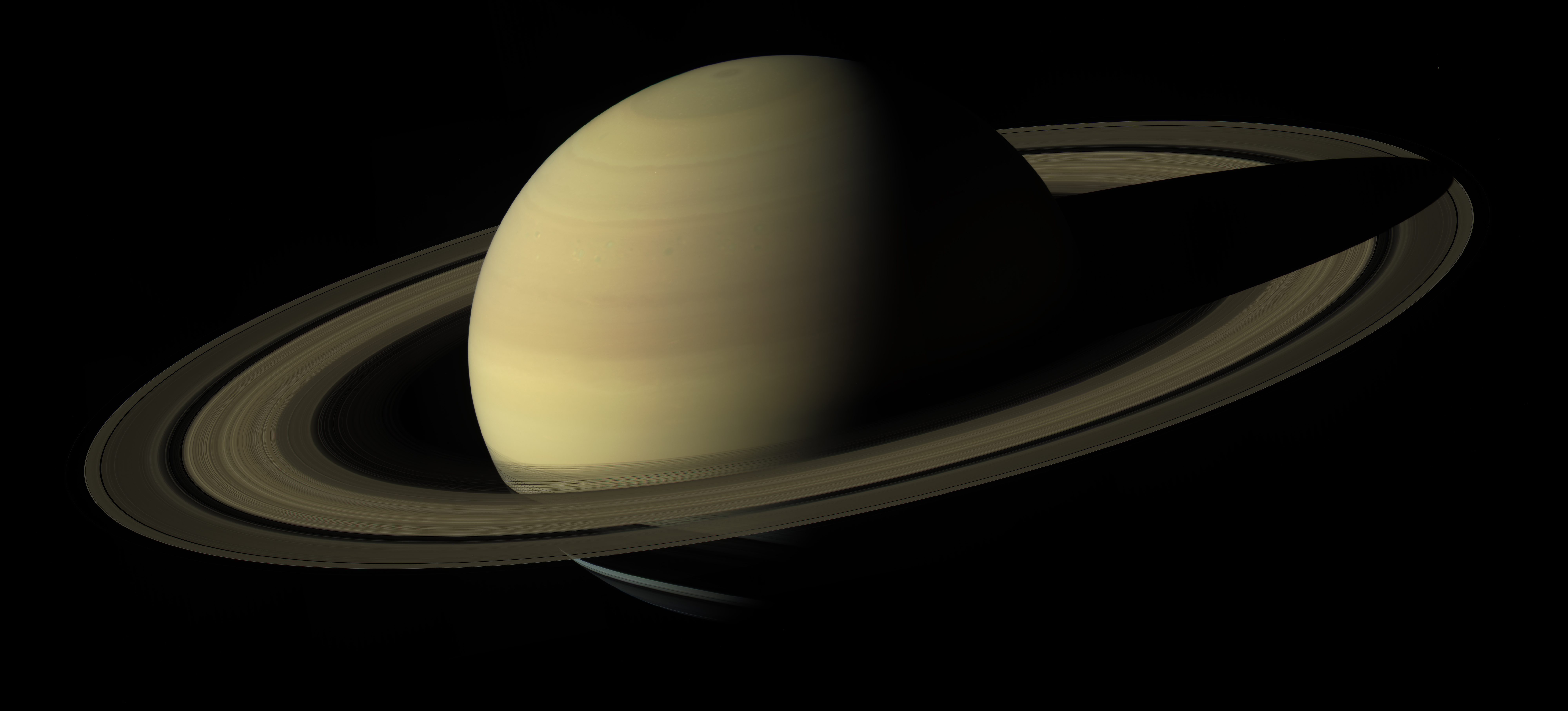"There is no easy way from the earth to the stars."
-Seneca the Younger (4 BCE-65 CE)
-Seneca the Younger (4 BCE-65 CE)
1919-1949 (The first thirty years)
Setting the Stage
Woodrow Wilson's Fourteen Points were idealistic and perhaps exceptionally foolhardy, but the text's substance implies a utopian vision for the future. In our timeline, these points never passed the proposal stage and were never considered at the Treaty of Versailles in 1919. However, in this alternate timeline, the Fourteen Points are implemented into the Treaty of Versailles, and this leads to a multitude of outcomes, including a Space Race between the United States and fascist Germany, albeit without the Nazis ever coming to power.
President Wilson's Fourteen Points present many movements of self-determinism to gain a head start even earlier than in OTL. Germany still gave up many colonies and paid significant reparations to the European powers. However, these consequences are "less harsh" than in our timeline but harmful enough to aid in the rise of the Volkisch Work Community and their leader, Otto Dickel, a fascist. A former artist and soldier named Adolf Hitler attempts to challenge Dickel for leadership of the movement but is rebuffed, and he fades into history as a footnote. Under Dickel's leadership as chancellor, beginning in the early 1930s, Germany reasserted itself as a key player in European affairs as Russia began to industrialize and rearm.
In Russia, Lenin dies but selects Trotsky as his direct successor. Trotsky launches a global campaign to spread communism by rapidly industrializing the Soviet Union and becoming an immediate threat to the German Republic by 1930. He felt that the only way to expand communism across the world would be in a global conflict against the capitalists in Europe and North America, and spent much of the 1930s in an arms build-up with the rest of Europe. Out of caution or fear, the Germans joined an alliance with the United Kingdom and France as a barrier against the Russian invasion of Europe. In the United States, President Roosevelt knew that a new global war was on the horizon as he saw imperialist attitudes brewing in Japan despite the Fourteen Points rules surrounding colonial claims. With this and the threat from the Soviet Union, he chose to wait until provoked.
World War II
On December 7, 1941, just like OTL, Imperial Japan attacked Pearl Harbor and served as the starting gun for the United States' participation in the Pacific War. President Roosevelt, needing allies, declared allegiance to France, Germany, and the United Kingdom in their efforts against Soviet expansion in Europe with their invasion of Poland. World War II began with the European Theater added to this world-spanning conflict. The Germans agreed to assist the United States in the development of their atomic energy program as a way to counter the Soviets. However, government and military officials in both countries began being more tight-lipped on specific details about the program. The Germans began developing their atomic weapons program, generally following the United States' program, as the Americans had better access to the bomb-making materials than the Germans did.
By the Fall of 1945, Operation Downfall, a planned amphibious invasion of the Japanese mainland, was enacted. At the same time, Project Manhattan completed three atomic weapons, which the Allies agreed would be dropped on the Soviet western border. On December 7, 1945, the United States successfully detonated one atomic bomb, referred to as a superbomb, in Minsk in the early morning hours. President Henry Wallace warned the Soviet Union that the United States would detonate one atomic weapon on a Russian city each day until their government surrendered and left Poland. Refusing to heed the warnings and calling Wallace's bluff, Trotsky and his acolytes were killed on Sunday, December 9, 1945, when America's third and final prepared superbomb was detonated in Moscow. Thus putting an end to the Soviet Union.
Three weeks later, on Monday, December 31, 1945, after learning of the effects of the three superbombs on Minsk, Leningrad, and Moscow, as well as increasingly withering supply lines, the Japanese finally surrendered. Hundreds of thousands of Allied troops were killed in the nearly two-month-long invasion of Japan. Concerns were raised by intelligence organizations that suggested that the loyalist Russians and Japanese would align themselves against the Allies, but this never came to fruition. President Wallace made it abundantly clear to the leaders of the Soviet rump state and the Emperor of Japan that both countries would be treated fairly when the time came for trials and post-war treaties.
The Post-War Era and the Space Challenge
The war ended with the dissolution of the Empire of Japan and the Soviet Union, and Allied occupation zones set to transition both countries back toward a republican form of democracy. In the Spring of 1946, the United Nations was founded as a successor of the League of Nations and later destined to be headquartered in New York City. The new constitutions of Japan and Russia were drafted and ratified in 1947. Both nations agree to relinquish their military forces and imperial ambitions to ensure world peace. The defeat of both nations delegitimized the concepts of communism and imperialism in the eyes of much of the world. Thus, the Republic of Japan and the Russian Republic were born.
Throughout the remainder of the 1940s, tensions increased between Germany and the United States. Germany was a fascist state led by the Volks, and the United States was a federal representative republic led by a president. Germany had Dr. Wernher von Braun as the head of its rocket science program, and at the urging of von Braun, Germany was making strides in developing crewed spacecraft. Von Braun had dreams of crewed missions to the Moon and Mars, and with the support of the Volk government, he was given a blank check to research and develop test beds for his designs. Meanwhile, the United States was still determining its aims regarding rocket science, and its operations split between the U.S. Army and the U.S. Navy with no clear indication of who owned the assets being tested.
With the 1948 U.S. presidential election between incumbent President Henry Wallace and New York Governor Thomas Dewey underway, a significant campaign issue arose centered around concerns that Wallace would be too favorable to the Germans. Wallace was defeated in November, and Dewey was inaugurated the following January. President Dewey at the behest of his military and intelligence officials out of an abundance of caution against the Germans started Space Challenge 1, a military-based space program led by the United States Army, at first. In the Summer of 1949, Dewey signed the National Security Act of 1949, which established the Department of Defense (DOD), the National Intelligence Agency (NIA), and the United States Air Force (USAF). Space Challenge 1 was transferred under the auspices of the newly formed USAF, with the Navy having to relinquish its exclusivity of U.S. nuclear weapons.
Last edited:

